Challenges in writing Clinical Evaluation Reports
- Posted On- 27 Jun 2023
After the implementation of MDR, manufacturers are facing various challenges with the information required for the development of clinical evaluation report. It requires lots of know-how and experience because of rigorous review by the notified bodies. So, before starting the Clinical Evaluation Report, manufacturers need to understand the basic requirements of the following standards and guidance documents.
- EU MDR 2017/745.
- MEDDEV 2.7/1 Revision 4
- IMDRF MDCE WG/N56FINAL:2019 (formerly GHTF/SG5/N2R8:2007) in the CEP/CER.
- MDCG 2020-6 Regulation (EU) 2017/745: Clinical evidence needed for medical devices previously CE marked under Directives 93/42/EEC or 90/385/EEC
In recent times, it has been observed that the manufacturers are struggling to get CE certification under EU MDR 2017/745. In this blog, we came up with the key challenges and their solution through our deep know-how of CERs.
Structure of the CER
It has been observed that many manufacturers do not specify a well-defined structure of CER that may lead to confusion in obtaining relevant information/documents to develop a CER.
According to the above standards and guidance documents, following basic requirements are needed to develop a CER:
- Device description
- Intended use
- Indications for use
- Intended patient population
- Intended user group
- Contraindications, precautions, and warnings
- Device classification
- Theory of operation
- Function
- Device-associated potential risk
- Device-specific clinical claims
These details can help medical device manufacturers in developing the clinical questions which work as the foundation of clinical evaluation reports.
Unclear plan of the CER
Unclear plan of the CER may lead manufacturers to frequently update the clinical evaluation plans and reports.
One of the main challenges faced by the manufacturers is frequent changes in the first draft of the CER because of its initiation even before finalizing the primary documents such as risk management, usability, IFU, pre-clinical test reports, biological evaluation, etc. First draft of the CER can be created in a short time by completing the primary documentation first.
Identifying appropriate Clinical Evaluation Route strategy
Per MDR, there can be various clinical evaluation route strategies. It may be challenging for the manufacturers to determine the most appropriate strategy for their subject device as it depends on the classification of the device, market experience, available clinical data, and access to the equivalent device Technical File.
Clinical evaluation route is necessary to understand the required information and construction of a roadmap for the CER. Major routes of conformity to develop the clinical evaluation reports are as following:
- Nonclinical Route
- Non-clinical Route per Article 61 and Annex XIV of EU MDR 2017/745.
- Clinical Route
- Clinical Investigation route
- Well-established technology
- Equivalence/Similar device route
Identifying and reviewing the scientific literature.
Identifying the relevant scientific literature and reviewing the same has been challenging for many manufacturers. Effectively reviewing the relevant scientific literature requires careful planning, attention to detail, and a critical and objective approach.
Finding the relevant published scientific literature through different databases (e.g., Google scholar, PubMed, Embase, Medline, etc.) is a hurdle for manufacturers. It becomes more difficult for low-risk devices.
Manufacturers can use the following methods to develop the research questions/key terms to identify the relevant clinical data for “Safety & Performance” and “State of the Art”.
- PICO (patient characteristics, type of intervention, control, and outcome queries)
- The Cochrane Handbook of Systematic Reviews of Interventions
- PRISMA (The Preferred Reporting Items for Systematic and Meta-analyses) Statement
- MOOSE Proposal (Meta-analysis of Observational Studies in Epidemiology)
Unspecified criteria for inclusion and exclusion of literatures
Auditors from notified bodies highly focus on a very well-defined inclusion and exclusion criteria of literatures and many manufacturers receives non-conformance due to insufficient criteria.
When inclusion and exclusion criteria are insufficient, author may have more discretion in determining which data to include or exclude, which can lead to bias into the study's findings. To minimize this bias, every manufacturer should specify the appropriate criteria for inclusion and exclusion of both favourable and unfavourable literatures with clear weightage. Defined criteria should be included in the clinical evaluation plan and made available to auditors.
Pre- clinical data
In order to obtain regulatory approval, a device needs to have the analysis of both clinical and pre-clinical data. Many manufacturers tend to neglect preclinical data due to its unavailability or difficulty in analysing the same. In addition to this, in many cases the pre-clinical data does not comply to the latest standards.
Pre-clinical data may include usability, V&V, biocompatibility, sterilization, bioburden, and mechanical testing etc.
The analysis of pre-clinical data by manufacturers in medical devices is a complex and challenging process that requires careful planning, attention to detail, and specialized expertise. By addressing these challenges, manufacturers can ensure that their pre-clinical data is reliable, accurate, and meaningful, and that their medical devices are safe and effective for patients.
Manufacturer should go an extra mile to remediate the pre-clinical data and make it available for development of CER. This compliant pre-clinical data also helps the manufacturer to get the approval in various other markets apart from EU.
Clinical Experience data
Manufacturers of medical devices face a number of challenges when it comes to clinical experience data. Many manufacturers focus only on the clinical experience in major markets only such as USA, EU, etc. However, it is recommended to gather the clinical experience data of all the distribution countries as it is important to disclose names and complaints data of all those countries.
To address these challenges, a robust data collection and management systems are needed along while collaboration with healthcare providers and notified bodies.
Additionally, promoting transparency and standardization in the collection and reporting of clinical experience data can help manufacturers better understand their devices' performance and make informed decisions about product development and patient care.
- Internal complaints data
Manufacturers should have a PMS strategy for monitoring the device performance in the market. Manufacturers which already have the device in the market need to analyse the complaints received, complaints trends and CAPAs, etc.
- Publicly Available Complaint data/Vigilance data
Publicly available database plays a crucial role in identifying any new/emerging risks and reviewing the existing risk assessment. Manufacturers can select the database based on their distribution countries of the device.
Our Expertise
SARACA has helped 50+ Medical Device Manufacturers in developing Clinical Evaluation Reports to get the CE Mark under MDR. We have developed the 250+ CERs for several medical therapeutic areas for class I, IIa, IIb, and III medical devices.
Some of the devices and technologies we have experienced include ultrasound systems, IVF devices, spectroscopy devices, skin care devices, orthopaedic implants and instruments, spinal implants and instruments, ophthalmic products, drug delivery systems, targeted temperature management systems, intermittent drainage systems, ossicular Implants, intraocular lenses, electromechanical medical devices, tympanostomy tubes, navigation and positioning of central venous access devices, implantable ports, periodontal, oral and maxillofacial surgery regenerative procedures, radiation protection shield systems, surgical instruments, dental instruments, cryogenic vessels, orthodontic diagnosis, treatment software, infusion sets, and many others.
For more details, you can reach us at contact@saracasolutions.com


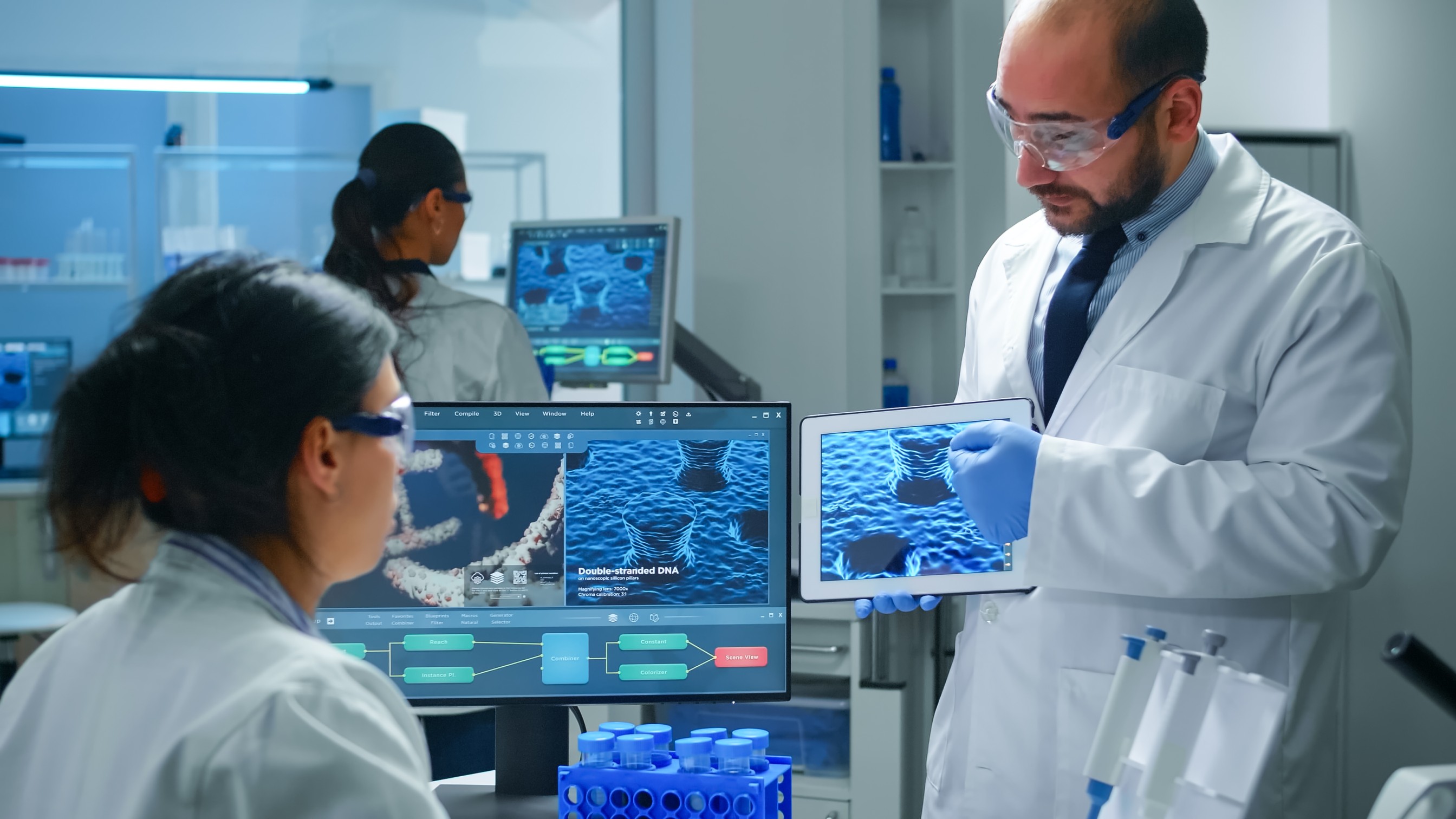
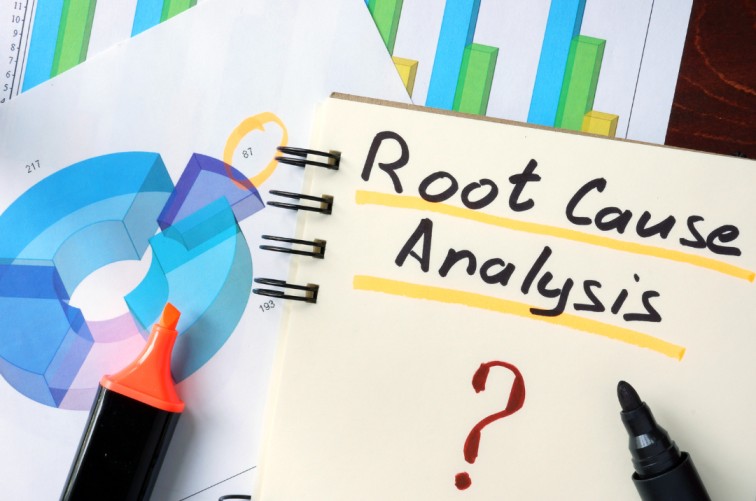


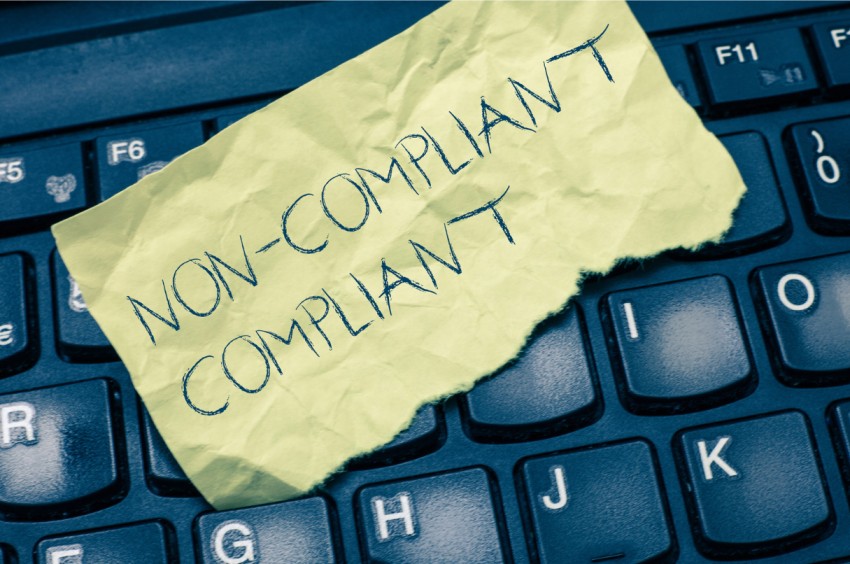


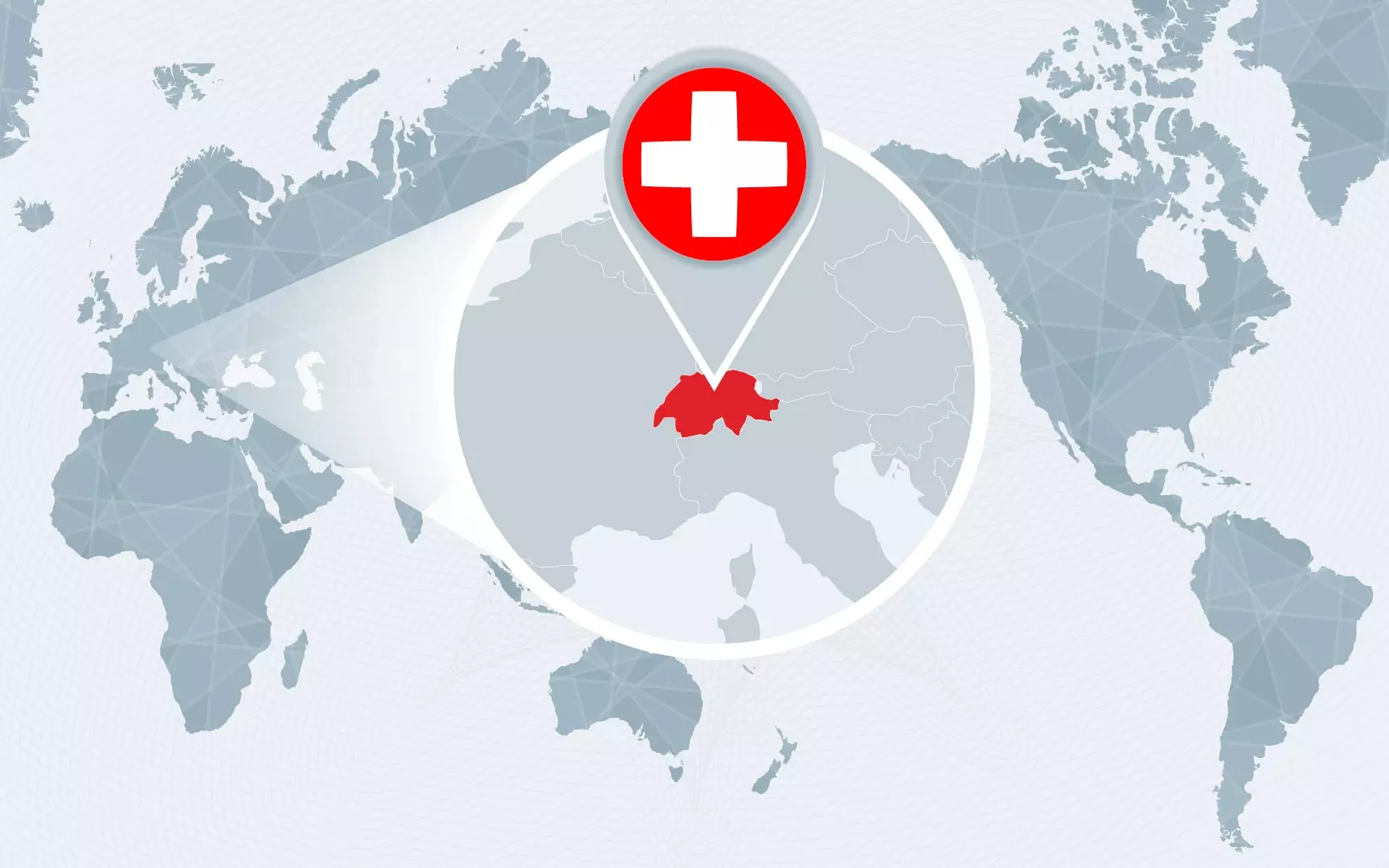
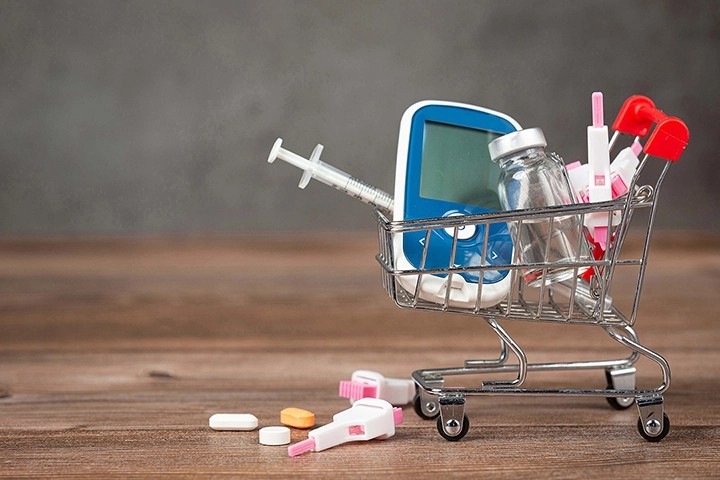

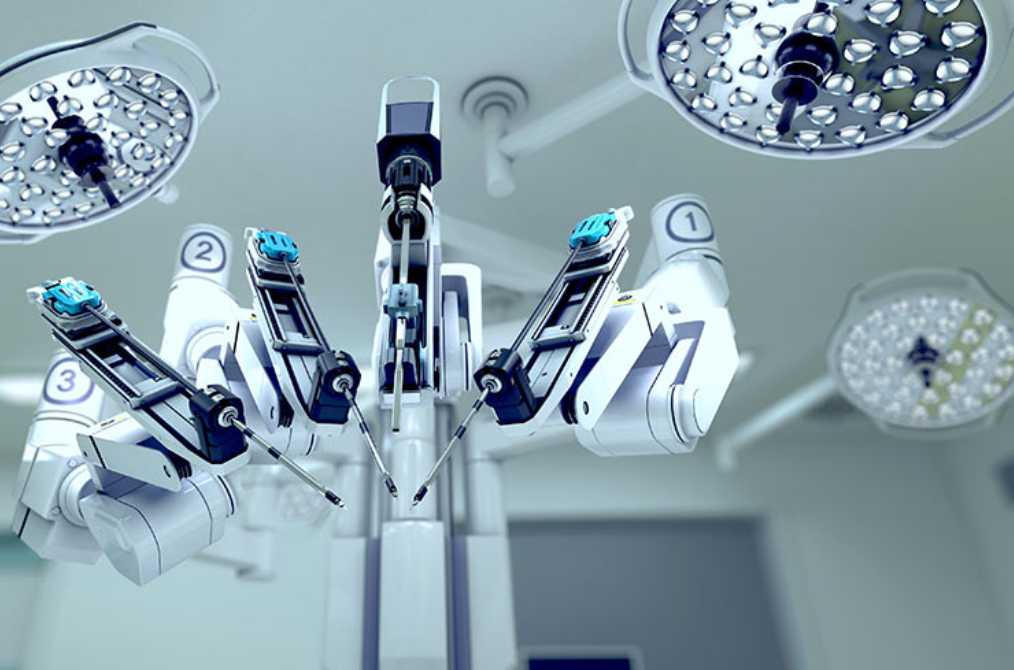
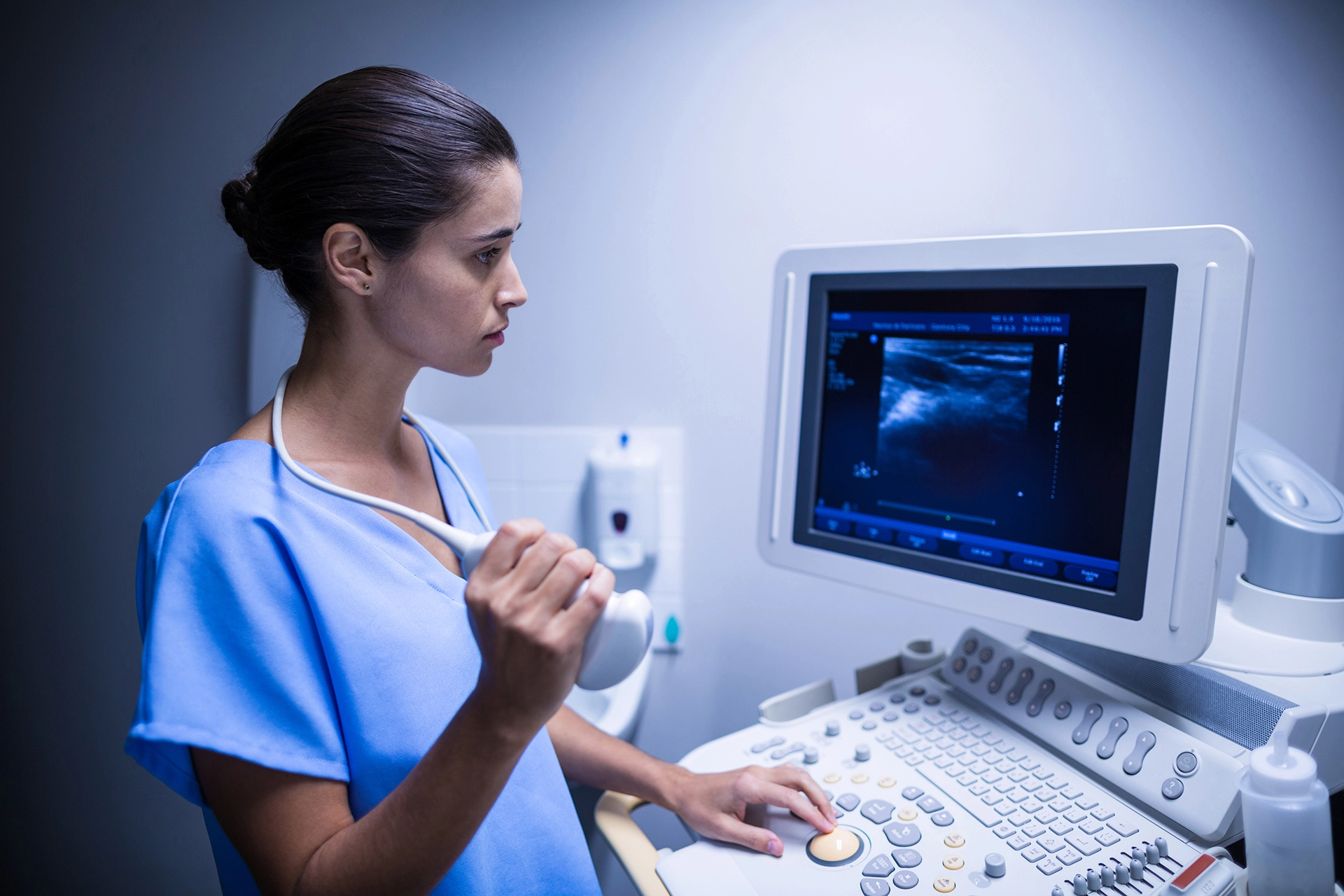

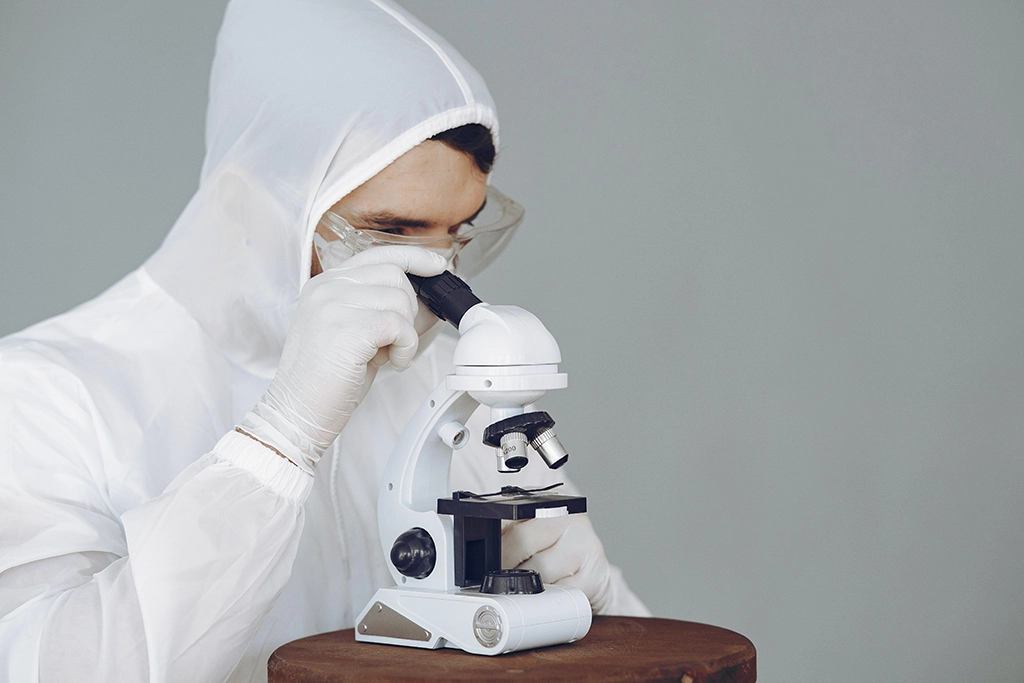
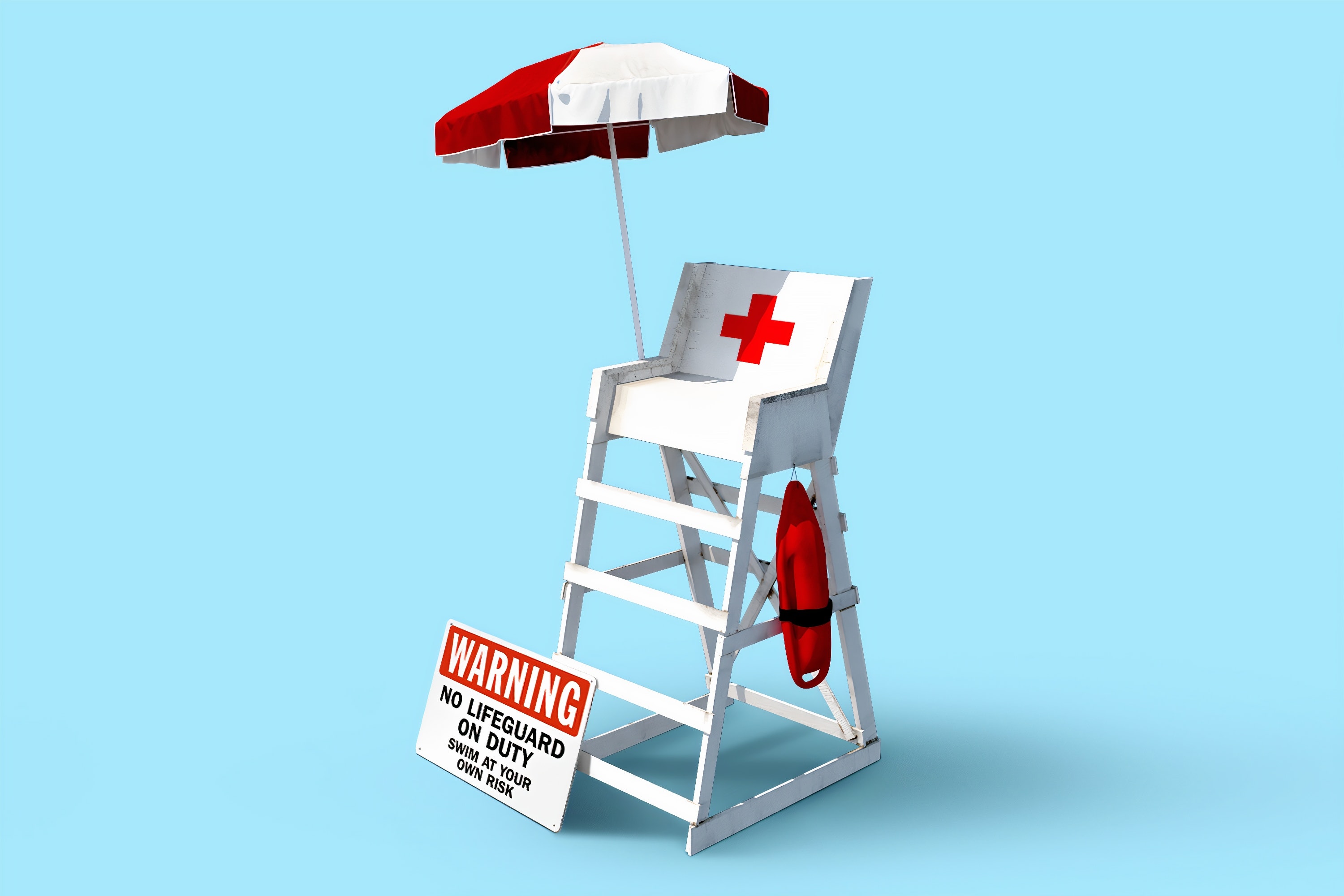



Comments